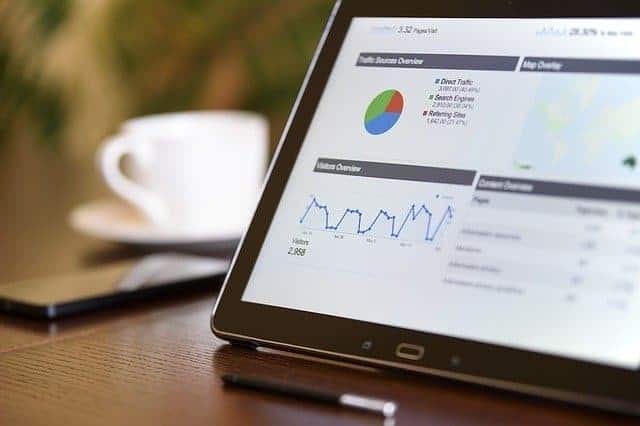Easy availability of patient data to the physicians has proven to reduce the cycle time, improve the efficiency of healthcare delivery, and contribute to the value during each patient visit.
Relying on traditional patient data collection mechanisms such as paper-based forms and questionnaires only adds inefficiencies to the care process.
Using antiquated and legacy systems to collect, store, and transmit health data can be a costly affair for healthcare organizations.
Inefficiencies related to patient data transmission are estimated to cost the healthcare industry $250 billion every year. Inefficiencies resulting from poor data latency and missing information result in a loss of time, money, and sometimes lives.
Northeast Valley Health Corporation leveraged technology to overcome the data collection and management challenges and switched to digital screening and real-time patient data collection.
The Challenge
Northeast Valley Health Corporation (NEVHC), a federally qualified health center in Los Angeles County, recognized that its physicians needed real-time access to the screening results of their patients in order to provide more efficient care. The healthcare facility was grappling with four major challenges.
1. Increased cycle times
Cycle time is the duration of time elapsed between the patient’s arrival and departure. The average cycle time was clocked in at 89 minutes and ran even higher- 111 minutes in the case of adult patients. NEVHC aimed to bring its cycle time to under an hour to boost clinical efficiency.
2. Longer wait times
Patients were dissatisfied with the amount of time they had to wait to see the healthcare provider and complete their visit. Inefficiencies in collecting patient data and history were impacting the patient satisfaction levels and dampening the overall patient experience. There was an opportunity to add value to the wait times while adding to the overall efficiency.
3. Data unavailability
Data from the screening tools was often unavailable to the physicians at the time of the patient visits. Because of process inefficiencies, patients often had to be recalled for subsequent visits which also impacted the patient experience negatively.
4. Transcription errors
Internal audits revealed transcription errors were made during manual transcription of data from paper screening reports onto the EHRs. In case the patients skipped answering a question, the scores obtained would also be faulty and inaccurate.
Scanning the documents and storing them as PDFs was considered but it did not allow for automatic extraction of the results adding to the staff workload.
In order to deal with the above-mentioned challenges, Northeast Valley Health Corporation felt the need for an innovative health application to boost the efficiency of patient data collection that improved the accuracy at the same time.
The Solution
The paper-based questionnaires were swapped by a tablet-based survey that the patients could fill as they waited for the physicians to see them.
The data was directly integrated into the patient’s EHR and provided to the physician prior to the visit. This also adds value to the patient’s waiting time while ensuring the availability of all the data the physician needs for providing optimum care at the same time.
Focus on user-friendliness and incorporation of graphics within the interface made it easy to use for patients from a variety of demographic backgrounds.
This eliminated the need for transcribing patient responses into the EHRs and resulted in reduction of potential data errors.
Since the system immediately interfaces with the EHR, the data is readily made available to the physicians before the patient visits.
Automated alerts were sent out to the physician’s devices to ensure that positive screens are not missed out by them. The interface with EHR also auto generates alerts in the EHR when a patient screens at high-risk for any social determinants of health.
Results
The biggest perks of using the tablet-based patient engagement tool for digital screening and data collection in real-time were the following.
- Integration with the EHR and notification alerts ensure that vital patient data is not missed out on during the visit.
- 100 percent data transcription accuracy was achieved by eliminating the need of manual transcription.
- Successfully integrated efficiency in healthcare delivery and contributed to value-addition during patient wait times.
Looking to integrate innovative technology led solutions within your healthcare facility? Get in touch with us today.
With 11+ years of experience, Arkenea is a leading healthcare software development company with a number of success stories in our portfolio and has been a trusted software partner for healthcare organizations both big and small.
